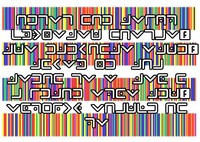Part 35: Part Two - Let's Go!
It's the next day and I am not famous for my patience so
Let’s Decode Melnics!
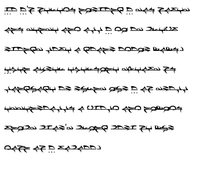
With this sample, there’s one very obvious place to start. English only has two one-letter words: “I” and “A”. We’ve got two different one-letter words in the sample, so one of those symbols should be A and the other I.
Now, take a look at the second word. It begins with one of our one-letter word symbols, followed by an apostrophe and another letter. There’s no word like that in English that begins with “A’”, and only two with “I’”. This word here is probably “I’m”, since “I’d” is much less common. (There are exceptions, but they’re uncommon.) So, based on this alone, we’ve already got guesses for three letters! Here’s what the sample looks like now.
As you can see, we’re seeing “I am” and “am I” later in the sample, which is a good sign.
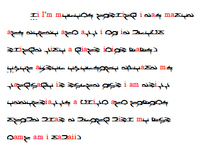
Now let’s take a look at those two-letter words starting with “m”. There are really only two of those: “me” and “my”. Since they end with two different letters, one of those letters should be “e” and the other “y”. Since one of them appears 8 times in the sample, and the other appears a staggering 18, it’s a pretty good guess as to which is which.
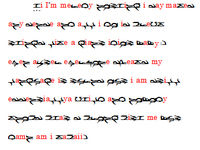
It’s all downhill from here! Let’s clean up all those little two and three-letter words. That “A_Y” up there is almost certainly “ANY”, which gives us an “AN_” later on that’s probably “AND”. Since “I_” (we have two different ones in this sample) can’t be “IN”, it has to be “IS” or “IT”. Up near the beginning, we have “_AY” with the same symbol as one of these two-letter I-words. “TAY” is not a word, so that gives us our S and our T!
Now we have a “D_” which is probably “DO”. Since we’ve found a bunch more letters, here’s what the sample looks like now.

Oh. Oh dear. Well, here’s where the cascade effect fills in. “Nothing”, “Things”, “still”, and “out” stand out pretty obviously in this sample. Once those are filled in, we get “language” and “child”. Carrying on like this, you can finish this on your own, right? Good work, team!
Samples!
I’ve got some sample codes for you guys to work on here! Under each code are some hints in spoiler tags, in order of increasing helpfulness.
Let’s start with some Melnics! If you were following along, this will be super easy.


Tilt your head to the left. Some of the letters make sense that way, like D.
Here’s a very easy code to decipher: Al Bhed, from Final Fantasy X.
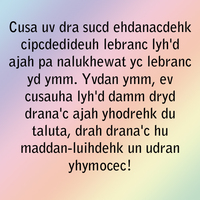
Al Bhed as it is written can be pronounced by the voice actors of the game. What would you have to do to make sure the results of a letter-to-letter substitution cipher could be pronounced by an English-speaker?
Fuck you, just look it up it’s all over the internet.
Next, we have a classic cipher dating back to the 18th century. Called the “Pigpen Cipher” after the way it’s set up, it’s also been called the “Freemason’s Cipher” or the “Rosicrucian Cipher” after secret societies held to have used it.
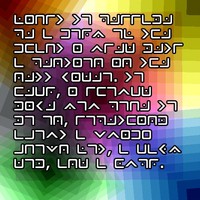
I haven’t set up my grid in the classic way, so looking it up won’t help!
Remember that symbols with dots in them are distinct from symbols without. This isn’t Melnics!
Here’s a classic decoder-ring style Caesar Shift! As you can see, I’ve removed all the spaces from the message before encoding it. This means that you can’t use word-lengths as cues, so have at!

Remember, even though you can’t tell the lengths of the words, the content of the words hasn’t changed. This means that the letter totals are the same and you can still rely on those counts!
Finally, here’s the last code. There’s not much for me to tell you about this one, except do your best!
